Breeding cows or producing claves is the first step of beef cattle production. This typically takes place on family-run farms and ranchers in regions where the land is not suitable for other farming enterprises, such as growing crops. Calves are born nine months after the mating of mature cows and bulls. They begin nursing milk and later eat forage, such as grasses and other plants. The calves live by their mother’s side for six to eight months, by which time they weigh from 400 to 600 pounds or 180 to 270 kilograms.
Before they are weaned, calves are usually worked, or processed, in several ways. They receive individual identification I n the form of an ear tag, brand, or tattoo. They are vaccinated against certain diseases, such as pneumonia; and the males usually undergo castration so that they cannot produce offspring.
Castration is an operation in which the reproductive organs of males are removed.
Some female calves are kept and raised to maturity as replacements for the cows who become old or sick. At about 15 months of age, a cow is old enough to be bred. If it remains healthy, it can produce calves for the next eight to twelve years.
A typical cow-calf producer in the United States owns 35 to 40 cows, although a few ranchers own 25,000 to 40,000 cows. These are considered small ranchers in South America, who may own up to 200,000 cows on a single ranch. Some cow-calf ranchers called pure breeders or seed stock producers, specialize in raising cattle that are used to help other ranches with breeding.
Stocker/ Grower Operations
After calves are weaned, they may be sold to growers. the growers help the calves gain weight. Often these calves, weigh only 160 to 200 kilograms and have not been working. When the stocker cattle reach their weight of 270 to 320 kilograms, they are sold to feedlots for the final growth phase.
Feedlot Operations
Finishing is the final segment of Beef production. In specially designed feed yards that may contain about 100,000 cattle, the animals are fed high-energy grain diets., which help them to gain weight rapidly. Finished cattle are usually 18 to 20 months old and range in weight from 450 to 600 kilograms.
In breeding cows, the healthiness of the cow comes. So Veterinarians work closely with farmers and ranchers to prevent an infestation by parasites like liver flukes and lice. Some diseases like Leptospirosis and brucellosis are special threats to cows.
Respiratory diseases like pneumonia, typically affect mature cattle, especially when they are brought into contact with other cows in feedlots.
Foot and mouth disease is highly contagious to the cow of all ages and can be spread directly or indirectly. The happy news is, most of these diseases are preventable with vaccination and health management programs.
Factors affect breeding
Amount of ova
The number of functional ova released during each ovulation cycle is the first factor limiting an animal’s ability to reproduce or be fertile. A single ovum can typically only be fertilized for 5 to 10 hours at a time. Therefore, for efficient fertilization, the timing of mating insemination about ovulation is crucial.
Fertilization percentage
The fertilization of ova is the second restriction. The number of spermatozoa or their vitality may be low. The service might be too early or too late, preventing the sperm and egg from fertilizing each other when they should have.
death of an embryo
A hormone deficiency or imbalance may prevent fertilized ova from implanting properly, leading to their death. Lethal genes for which the embryos are homozygous may cause death. Other potential causes include developmental accidents, uterine overcrowding, inadequate nutrition, or uterine infections.
The first pregnancy’s age
Females who are bred at a younger age are more likely to appear stunted during the first lactation, but being bred early has little of an impact on their mature size.
Pregnancy frequency
Cows can breed again 9 to 12 weeks after giving birth.
Suggestions to improve breeding
- Keep precise breeding records, including the dates of conception, service, and delivery. Utilize records to predict heat cycles and keep a close eye on the females to spot heat.
- Cows should be bred toward the end of the heat period.
- Have a veterinarian examine and treat any females who are releasing unusual discharges.
- 45 to 60 days after breeding, have the females checked for pregnancy.
- Only purchase replacements from wholesome herds, and test them first before adding them to your herd.
- Have the females give birth in seclusion, ideally in a parturition room, and after parturition is finished, clean and sterilize the area.
- Maintain a disease prevention program, test for and immunize against diseases that affect reproduction, and immunize the animals against such diseases.
- Use a program of general sanitation

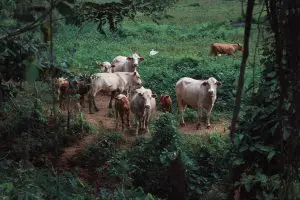
Cow breeding is good only if done with care.

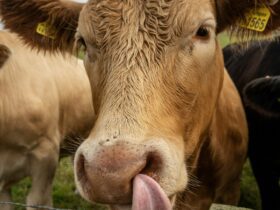
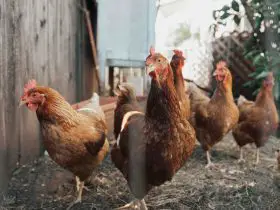
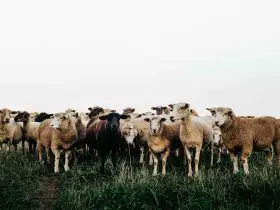
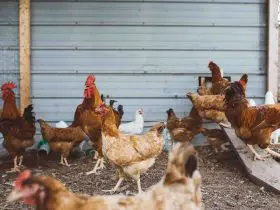
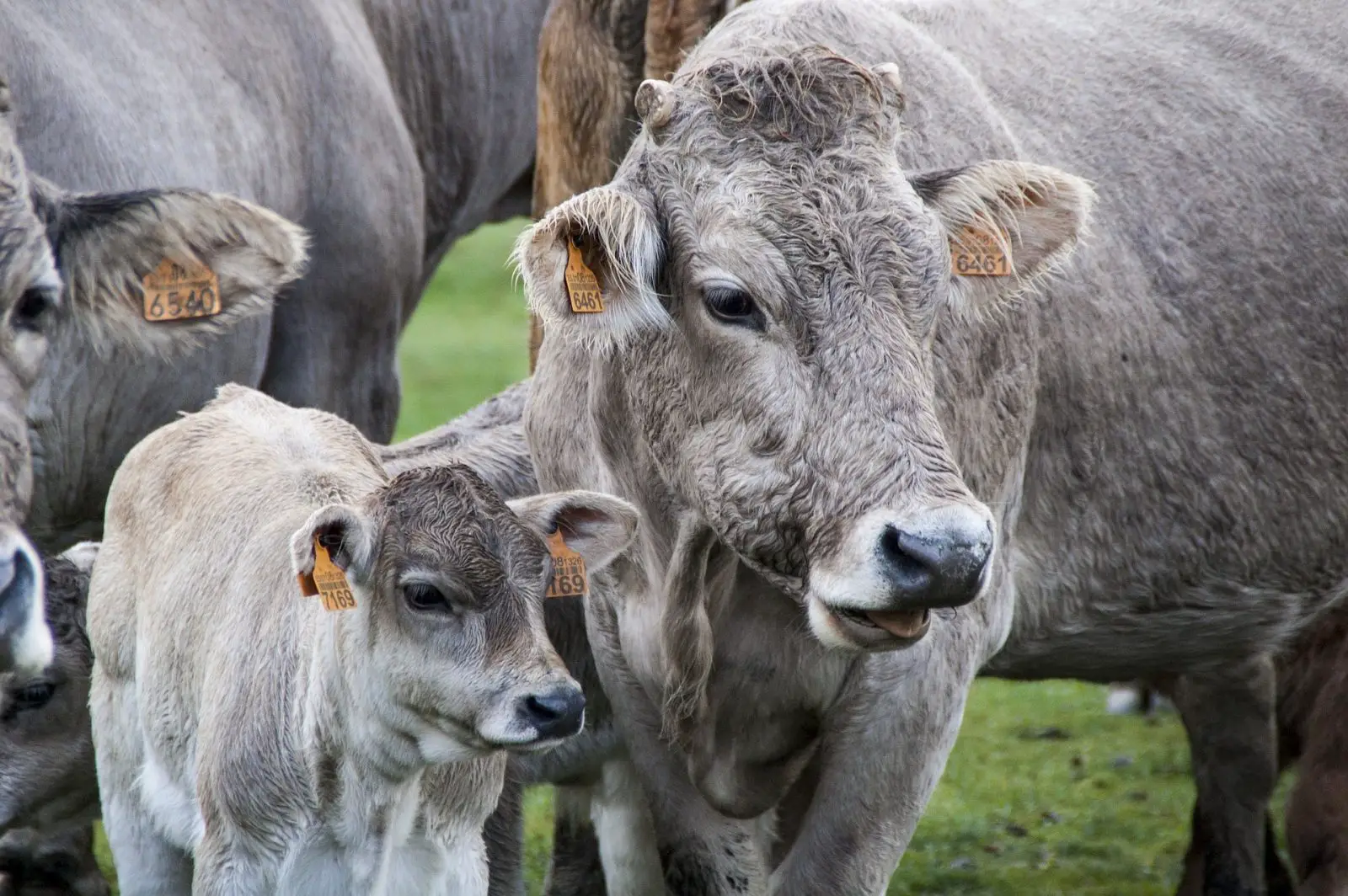
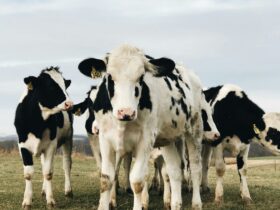
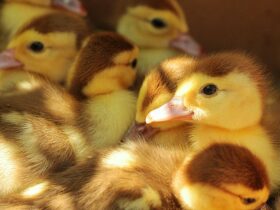
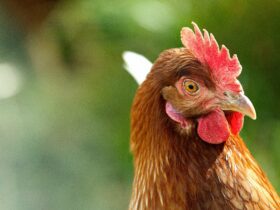
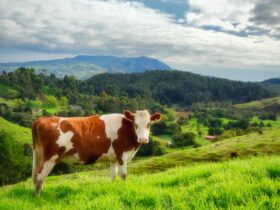


Hello!! Welcome to Anim Farm